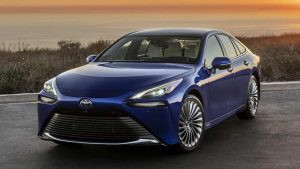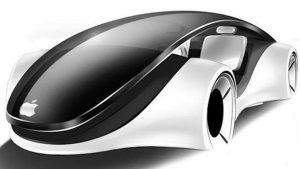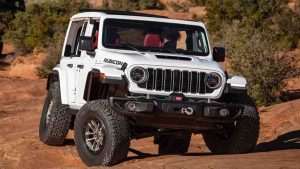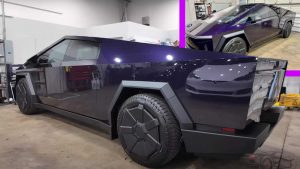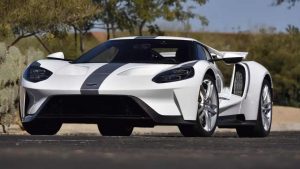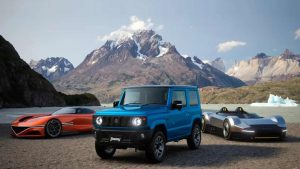Lexus unveils the LF-ZC: A vision of provocative simplicity and sustainability
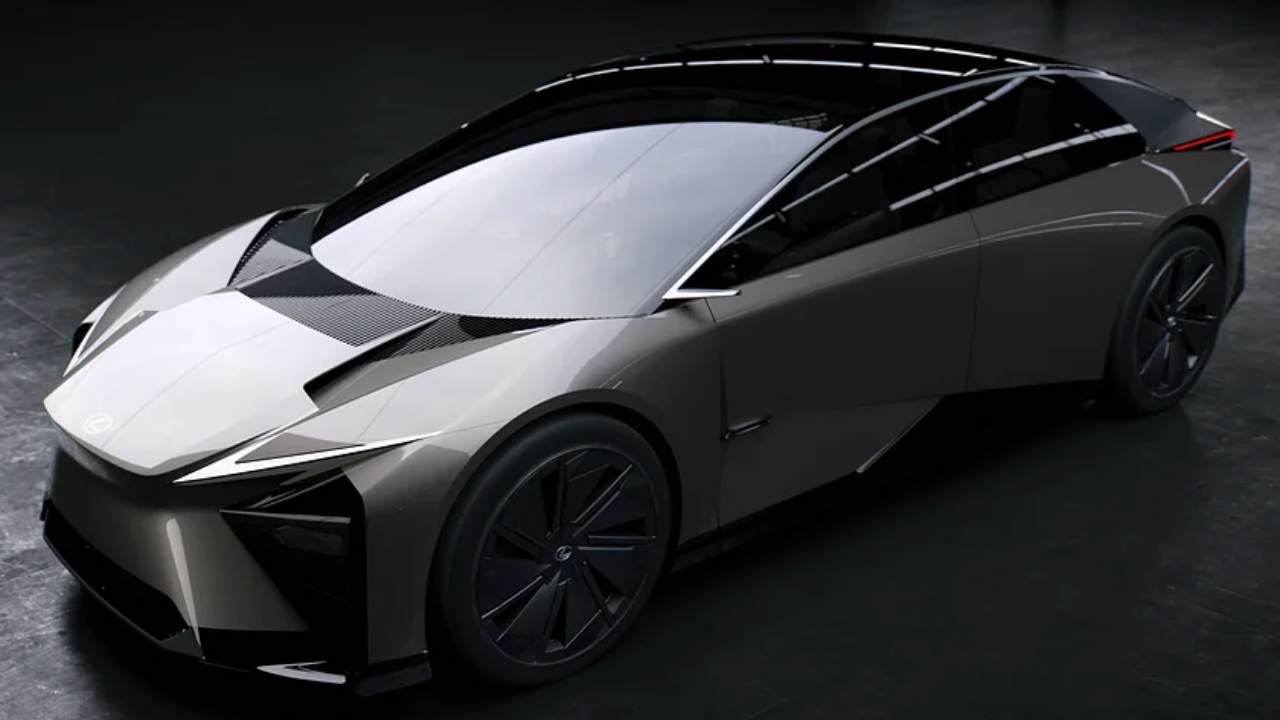
Lexus presents the LF-ZC, set to launch in 2026, showcasing innovative design, advanced technology, and a commitment to sustainability.
At the Japan Mobility Show 2023, Lexus took the stage to introduce the LF-ZC (Lexus Future Zero-emission Catalyst), a revolutionary electric vehicle set to make its debut in 2026. This concept vehicle represents a significant leap forward for the luxury automaker, pushing boundaries in terms of design, technology, and eco-friendliness.
The LF-ZC embodies Lexus’s new design language, aptly named “Provocative Simplicity.” This philosophy represents an evolution of the brand’s identity, combining bold aesthetics with practical functionality. While the concept’s exterior may appear radical, each design element serves an aerodynamic purpose. The low-slung body, tapering roofline, and distinctive rear wheel flares contribute to both aesthetics and performance, ensuring that form follows function.
Lexus has retained some traditional design elements, notably the iconic Spindle Grille, which now extends seamlessly from the front to the rear bumper. The result is a distinctive and cohesive design where the entire car becomes a captivating play of mixed surfaces.
The unconventional exterior design doesn’t compromise the interior’s spaciousness and comfort. The LF-ZC features a fully flat floor, creating an open and inviting cabin, further enhanced by the panoramic roof. The front occupants are positioned forward and low, maximizing rear-passenger space.
Lexus has undergone a transformation in its infotainment system, opting for a more intuitive and user-friendly approach. The “eyes on the road” principle guides the digital instrument cluster and two small screens on either side of the steering wheel, one dedicated to advanced driver assistance features and the other to entertainment. Passengers are also treated to an expansive screen, enhancing the in-cabin experience.
The LF-ZC boasts a groundbreaking voice recognition system called “Butler,” designed to learn from your driving habits and adapt over time, improving convenience and personalization.
As part of its commitment to sustainability, Lexus has chosen Bamboo as the primary material for the interior. The automaker will transform Bamboo into fibers, woven fabrics, and elegant inserts, offering an eco-conscious alternative to traditional leather. Bamboo’s rapid growth and CO2 absorption capabilities align with the vehicle’s environmentally friendly ethos, creating a harmonious connection with the car’s Japanese heritage.
To ensure structural rigidity and efficient production, Lexus will employ a modular structure created through gigacasting technology, a method that several manufacturers are adopting to streamline production processes. Toyota, Lexus’s parent company, has recently invested in this innovative approach.
Lexus’s commitment to sustainability extends to its powertrain. The LF-ZC will utilize Toyota’s next-generation battery technology. Although Toyota’s solid-state batteries, expected in 2027, promise rapid charging and a 600-mile range, the LF-ZC, debuting in 2026, will feature the next generation of liquid-electrolyte batteries. These batteries will offer an impressive range of up to 500 miles and 20-minute recharging times, with the potential for 745 miles in the future.
While specific power figures remain undisclosed, Lexus has hinted at an all-wheel-drive configuration, suggesting the use of a dual-motor powertrain equipped with next-generation downsized e-axles that combine the motor, gear train, and inverter into a compact unit.
The LF-ZC also incorporates the steer-by-wire system, initially introduced in the Lexus RZ, enhancing handling and control.
With plans to launch the LF-ZC in 2026, enthusiasts and eco-conscious consumers can anticipate a more production-ready model to emerge in the near future. Lexus’s LF-ZC represents a dynamic vision for the future of electric vehicles, blending provocative design, cutting-edge technology, and sustainable practices.

